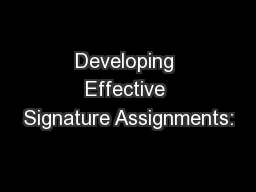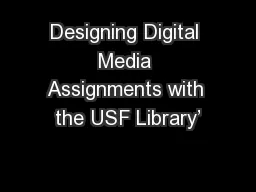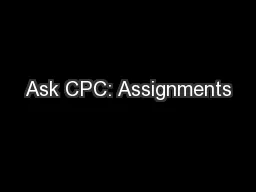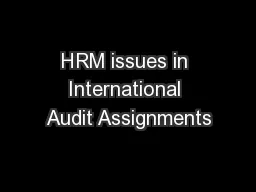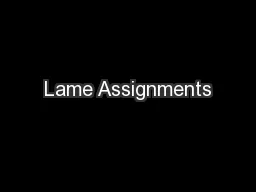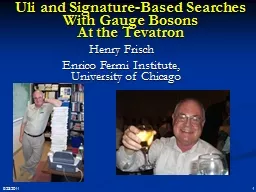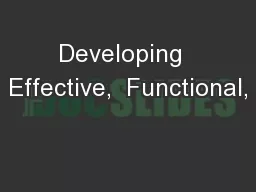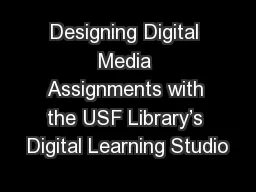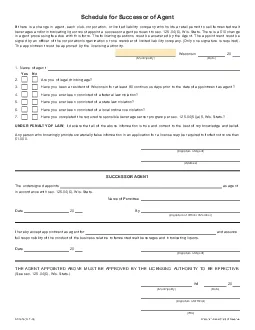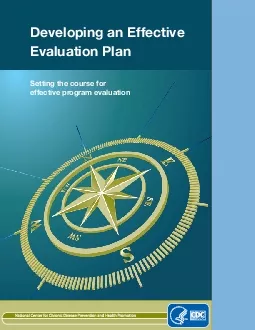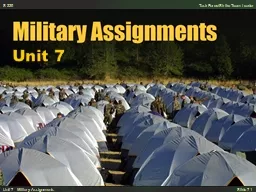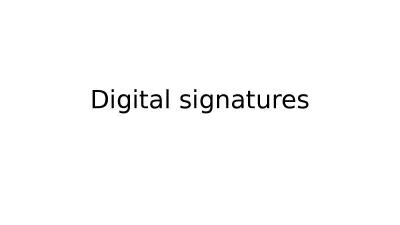PPT-Developing Effective Signature Assignments:
Author : mitsue-stanley | Published Date : 2017-06-07
Lessons from the DQP Indiana Signature Assignment Workshop March 31 2014 Ivy Tech Peter Ewell National Center for Higher Education Management Systems NCHEMS The
Presentation Embed Code
Download Presentation
Download Presentation The PPT/PDF document "Developing Effective Signature Assignmen..." is the property of its rightful owner. Permission is granted to download and print the materials on this website for personal, non-commercial use only, and to display it on your personal computer provided you do not modify the materials and that you retain all copyright notices contained in the materials. By downloading content from our website, you accept the terms of this agreement.
Developing Effective Signature Assignments:: Transcript
Download Rules Of Document
"Developing Effective Signature Assignments:"The content belongs to its owner. You may download and print it for personal use, without modification, and keep all copyright notices. By downloading, you agree to these terms.
Related Documents

